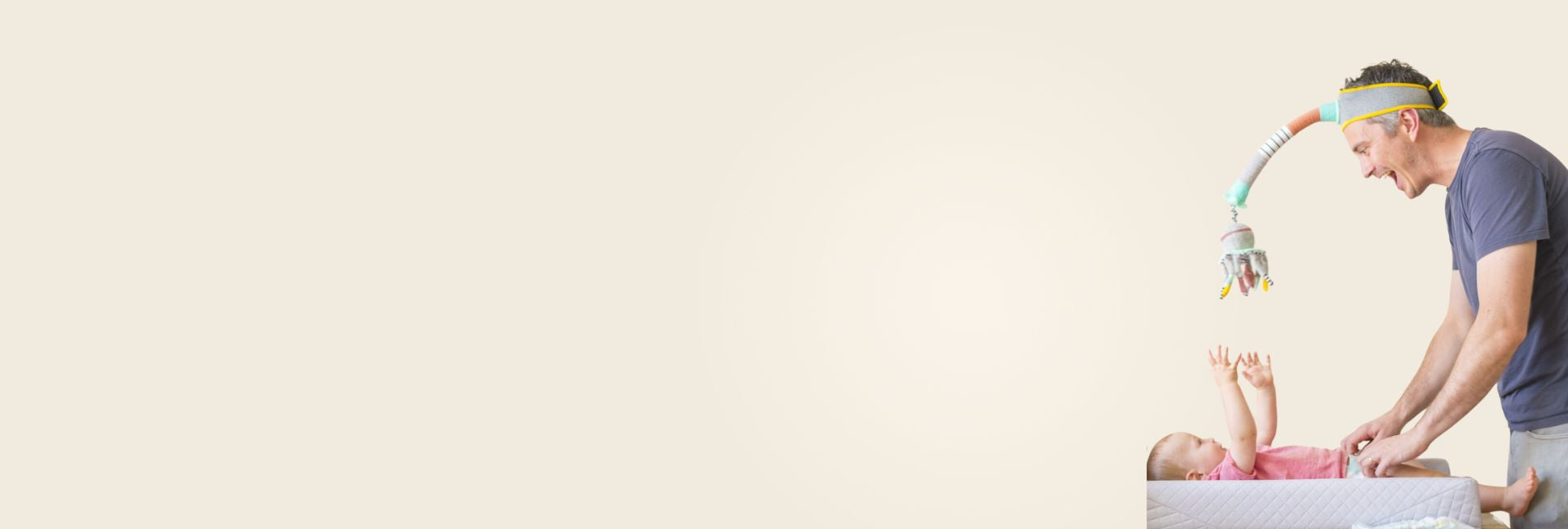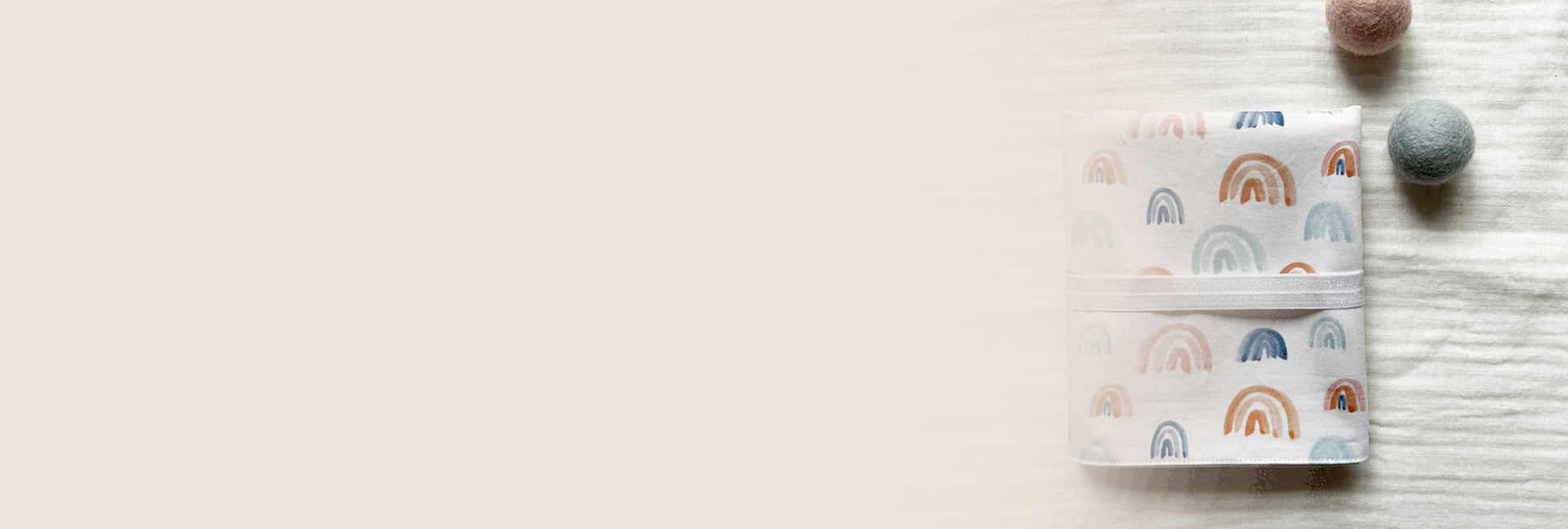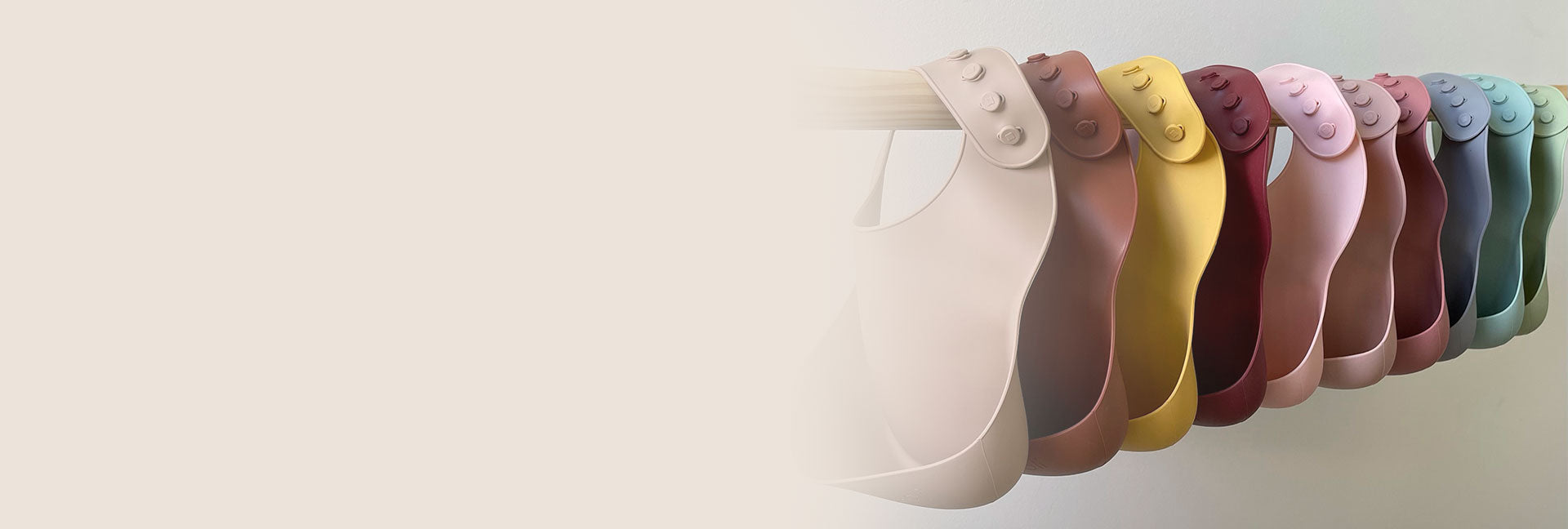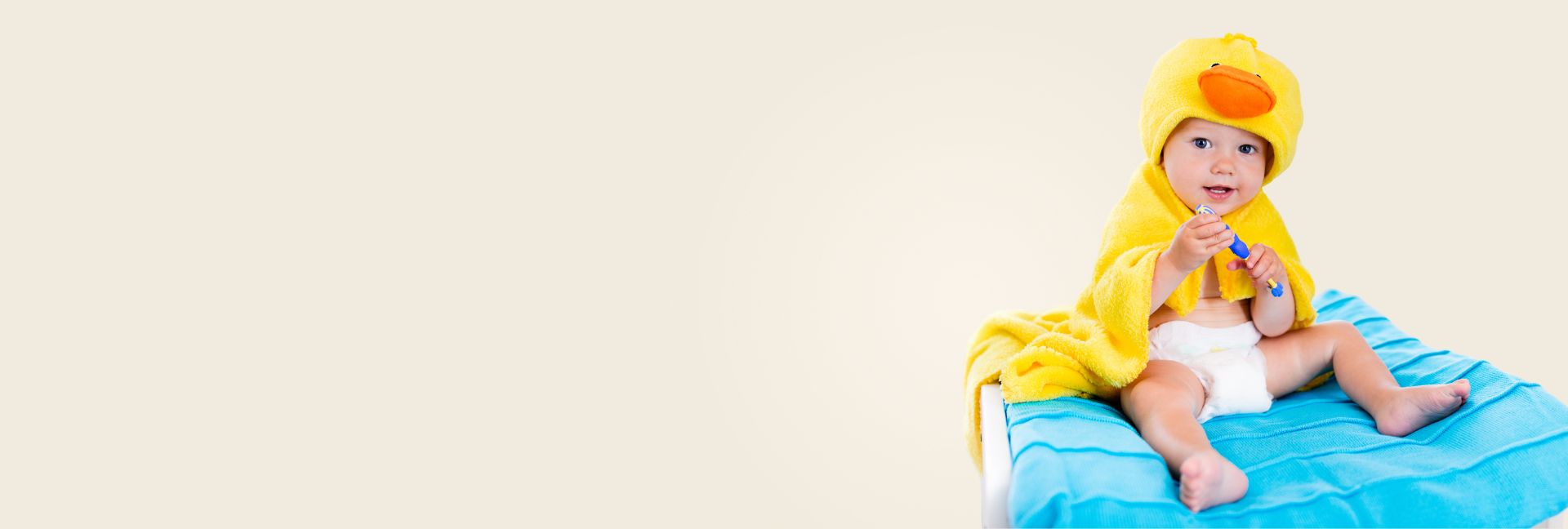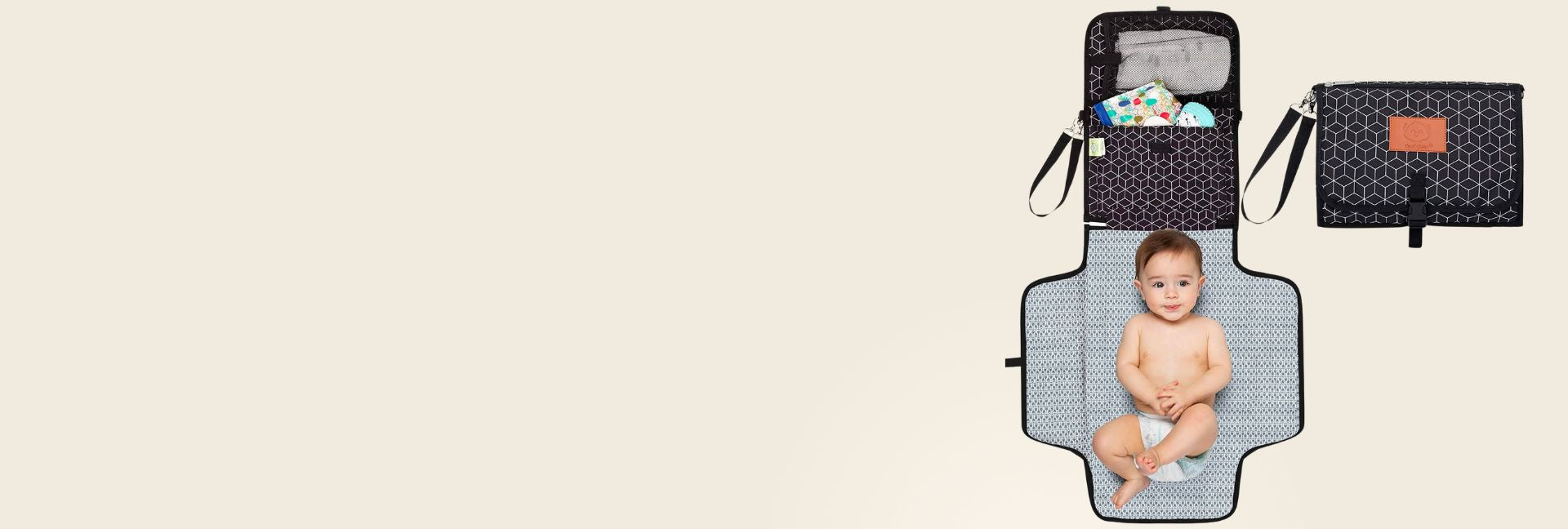![How To Calm A Wriggly Baby [11 Expert Tips] - The Dingle Dangle](http://www.dingledanglebaby.com/cdn/shop/articles/Calm-Wriggly-Baby.jpg?v=1651100801&width=2000)
![How To Calm A Wriggly Baby [11 Expert Tips] - The Dingle Dangle](http://www.dingledanglebaby.com/cdn/shop/articles/Calm-Wriggly-Baby.jpg?v=1651100801&width=2000)
By Stewart Gold
How To Calm A Wriggly Baby [11 Expert Tips]
It was 2 am and my child had poo'ed and was screaming. I desperately wanted to get back to bed. So, when my daughter rolled over, grabbed her poopy nappy, and started flinging the contents around mid-change, I felt defeated.
Thirty minutes later, after wiping poo off of the wall, carpet, her clothes, and yes, my face, we were finally back in bed.
As a first-time mom, changing my baby’s nappy was always a stressful experience. As my anxiety around nappy changes grew, my daughter sensed it and she only began to squirm more.
I could've given up and just accepted that this was our nappy-changing routine ... but that's not me. I researched proven methods on how to calm a squirmy baby, and you know what?
It worked.
My 11 Expert Tips on How to Calm a Wriggly Baby
It took me months of trial and error, but over time I began to learn how to calm a wriggly baby during a nappy change. It wasn't easy, but I was determined to not let my daughter's squirming ruin our nappy-changing time together.

Now days, the once dreaded chore of a nappy change doesn't come with the same stress and anxiety as it used to. Sure, we still have our moments, but now I've figured out some pretty amazing techniques on how to calm a wriggly baby.
While all of them may not work for you, these 11 proven tips will teach you how to calm a squirmy baby:
Distract Your Wriggly Baby With Toys and Books
I keep a basket of toys or small books that my baby only gets to play with during nappy changes. It makes the time fun and helps to ensure my baby’s focus is consumed with exciting new objects. It also keeps her hands occupied so she doesn’t try to reach down and “help”.

To keep things interesting, change the toys out every week. You can also give them something "special" that is typically off-limits. This could be the television remote control or a figurine - just make sure it's baby safe!
Eliminate Negative Distractions
If you want to calm a wriggly baby, make sure there is nothing in the room tempting my baby to roll over and fight the diaper change. Distractions like having the TV on in the background, other people in the room, and toys nearby can make things worse. I find that a calm environment soothes my baby.
I have a special space in the corner of her room where we go for most diaper changes. She can’t see much beyond the wall or the window, and it is quiet.
Avoid Pinning Your Wriggly Baby Down
I am going against a lot of popular wisdom on this one, but I find that pinning my child down or restricting her leg or arm movement only makes her want to squirm more. While pinning her down worked for me for a short time early on, it didn’t build trust and promote calmness with my little one.
Elizabeth Pantley, the author of the No-Cry Discipline Solution, reminds us of the power of being gentle. “Babies crave physical touch, and your gentle care reassures her that she is respected and safe in this world.” You may just find that gentle touch invites cooperation from your squirmy baby.
Talk to Your Baby
One great technique on how to calm a wriggly baby during a diaper change is to talk to them. I make eye contact with her and tell her when I am going to start a diaper change, remove each leg from her pants, take off her diaper, wipe, put on the new diaper, etc.

When my daughter was just a few weeks old, I got some weird looks from family as I talked her through a diaper change. Could she even understand exactly what I was saying? Of course not. Whether she could or couldn’t didn’t matter, my voice soothed her.
Daniel Swingley, a professor at the University of Pennsylvania, and Elika Bergelson, a professor at Duke University, conducted a study that revealed infants as young as 6 months old can understand the meaning of common words. As we talk our children through the process of a diaper change, it can help them anticipate what is coming and feel calmer.
Calm Your Wriggly Baby By Slowing Down
At a time when you would think speed would be your friend, I find the opposite to be true. When I frantically rushed through a diaper change, my baby responded with her own frantic craziness, as she flung her arms and legs everywhere. My baby mirrors my energy and attitude.
By slowing down you will be giving your baby more time to take in the world around them, explore, and feel the sensations of not having a diaper on, which is fairly rare in their day. Sometimes a diaper change takes ten minutes now, but it is easy and keeps my sanity intact. It’s a great trade-off.
In addition to slowing down, I try to be more present with my daughter rather than treat diaper changes as a mindless task. I give my baby my full attention, which keeps her engaged.
Keep Your Hands Free As Possible
Prep as much as you can before you start the diaper change, so you are free to manage your child’s quick maneuvers. Before I even start a diaper change, I have wipes laid out, the diaper prepped, with tabs pulled and ready, diaper cream open, and a fun toy at the ready. I also have extra diapers and toys right next to me, just in case.
Sometimes the best way how to calm a wriggly baby is to just be prepared!
Make It Fun
I use diaper changing time as a time to laugh and have fun with my child. There is a balance here, you don’t want to be so much fun that your child just gets wrigglier and more hyper. Focus on singing songs together, making funny faces, or imitating animals. My husband’s go-to moves are to put a diaper on his head or use it as a puppet.
Pay Attention
When my baby is fighting a diaper change, I try to assess if something is truly bothering her. Does she have a rash and the wipes hurt? Is the sun from the window blinding her? Does her diaper not fit properly? Is she uncomfortable? Sometimes there are very valid reasons your baby is fighting the diaper change.
Move Your Wriggly Baby to The Floor
While my back prefers that I change my child on an elevated changing table, my baby usually prefers the floor. And while I am a little sad to see our cute changing table go to waste, it does give me more peace of mind to change her on the floor.

I don’t have to worry about her rolling off the table and my baby shows signs that she feels more secure than she does up high. I have now abandoned the changing table completely.
As your child gets older, you could even try changing wet diapers standing up on the floor. Some children prefer that. But beware, you might just trade the problem of a wriggly baby trying to roll over for one who can sprint away sans diaper.
Time It Right
If my baby is engrossed in playing or a fun task, I let her continue. Waiting a bit for a diaper change (even a poopy one) won’t hurt anyone. I follow my baby’s timeline instead of rushing to get it done right away.
Once there is a natural break in her playing, I start the diaper change. This way I don’t begin with her already upset and trying to roll over because she is getting taken away from something she is enjoying.
As your baby gets older, give them a heads up that a diaper change is coming. I usually give my daughter a five-minute warning before we take a break and change her diaper.
Involve Your Baby In The Process
Once my child reached 12 months, I started to calm my wriggly baby by simply letting her be a part of the process. I now lay the diapers and wipes next to her and ask her to hand them to me. I show her how to open and close the tabs on her diaper. She loves to help and when I tell her it is time to change her diaper, she will go running to her changing spot and lay down for me.
Conclusion
Magda Gerber, an early childhood educator, writes in her book, Dear Parent: Caring for Infants with Respect, about the great opportunity we have as parents to make diapering a time of connection and joy. “Within the process of diapering, there are many opportunities available for the infant in the form of learning experiences, playful interactions, and the development of the parents’ and infant’s relationship.”
The reality is that some days your baby won’t cooperate no matter what you do. Don’t forget to keep your sense of humor when you go through four nappy in one change, your baby wriggles away and sprinkles your carpet in pee, or your baby manages to grab and play with their poop like it’s Play Dough.
One day, they’ll be potty trained, and this will all be a distant memory. You might even miss these crazy moments with your baby. I know I will.
About the Author
 Author Megan Nelson is a mom to two daughters, works full-time with a pediatric cancer nonprofit, and enjoys writing blogs and articles about parenting, running, and healthy living. She currently resides in Colorado.
Author Megan Nelson is a mom to two daughters, works full-time with a pediatric cancer nonprofit, and enjoys writing blogs and articles about parenting, running, and healthy living. She currently resides in Colorado.